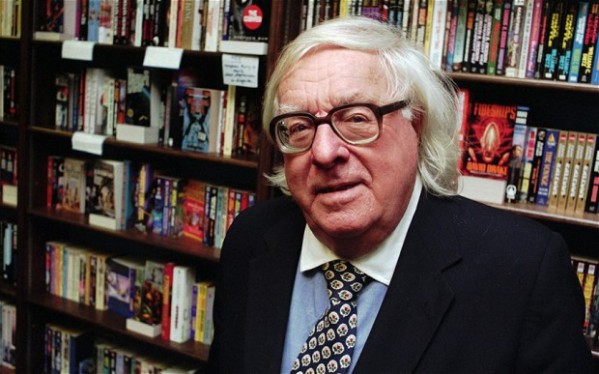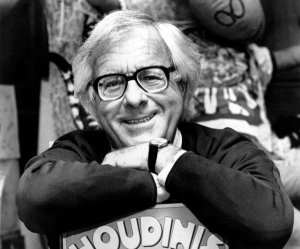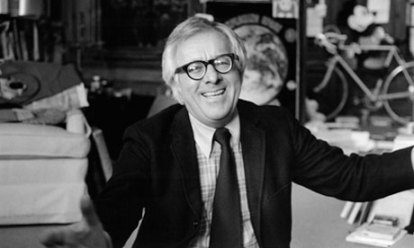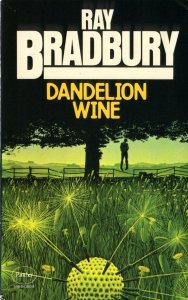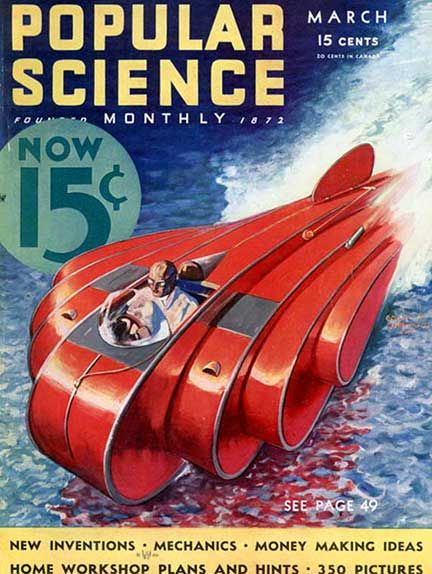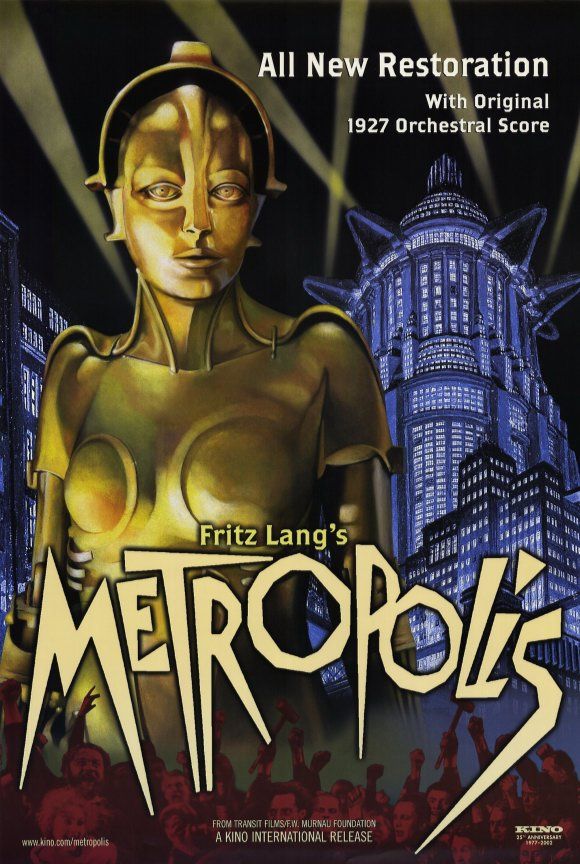Happy Birthday, Edward Gorey
February 22, 2013 2 Comments
 American author, illustrator, playwright, set and costume designer Edward Gorey was born February 15, 1925 and died a too-soon 75 years later of a heart attack on April 15, 2000.
American author, illustrator, playwright, set and costume designer Edward Gorey was born February 15, 1925 and died a too-soon 75 years later of a heart attack on April 15, 2000.
His early life included one self-professed “negligible” semester at the Chicago School of Art, three years serving as a U.S. army clerk in the Utah desert, and four years at Harvard University majoring in French. He then spent seven years as a book cover illustrator in the Art Department of Doubleday Anchor in New York City.
For Doubleday, Gorey illustrated works as diverse as “Dracula” by Bram Stoker, “The War of the Worlds” by H. G. Wells, and “Old Possum’s Book of Practical Cats” by T. S. Eliot.
 His first independent work, “The Unstrung Harp”, was published in 1953. He also published under pen names that were playful anagrams of his first and last names, such as Ogdred Weary, Dogear Wryde, Ms. Regera Dowdy, and dozens more.
His first independent work, “The Unstrung Harp”, was published in 1953. He also published under pen names that were playful anagrams of his first and last names, such as Ogdred Weary, Dogear Wryde, Ms. Regera Dowdy, and dozens more.
It was the playful and macabre sense of humor displayed in the mostly black and white pen and ink illustrations of his own books which attracted avid devotees of his work and garnered Gorey a worldwide cult following. His designs for the 1977 Broadway production of “Dracula,” for which he won a Tony Award for Best Costume Design, and his animated introduction to the PBS television series “Mystery!” in 1980 also greatly contributed to his fame.
One of his best-known works is “The Gashlycrumb Tinies” (1963), in which 26 unfortunate children meet their untimely, if somewhat mundane, deaths in whimsical rhyming couplets accompanied by the author’s somber and distinctive black and white illustrations.

 Myrna Oliver, writing in the Los Angeles Times, suggests that Gorey’s texts were “hard to categorize as children’s books,” but Celia Anderson and Marilyn Apseloff, in “Nonsense Literature for Children: Aesop to Seuss”, insists that many children do appreciate Gorey’s verses and suggests that the dark themes depicted in them are indicative of their affiliation with a subgenre of nonsense literature.
Myrna Oliver, writing in the Los Angeles Times, suggests that Gorey’s texts were “hard to categorize as children’s books,” but Celia Anderson and Marilyn Apseloff, in “Nonsense Literature for Children: Aesop to Seuss”, insists that many children do appreciate Gorey’s verses and suggests that the dark themes depicted in them are indicative of their affiliation with a subgenre of nonsense literature.
Gorey’s adult admirers relish the childlike nature of his art that only serves to entice them into a beguiling world of oddities and morbid wit. According to an interview in The Boston Globe, Gorey classified his own work as literary nonsense, the genre made most famous by Lewis Carroll and Edward Lear.
Gorey himself once stated, “Oh, I know that the books are about something, not what they seem to be about … but I don’t know what that other thing is.”
Although he wrote of and illustrated the darker corners of life, Gorey rejected the idea that he was himself a melancholy or distant personality. “I see no disparity between my books and everyday life … I write about everyday life,” Gorey’s 2000 obituary in The Guardian quoted him as saying.
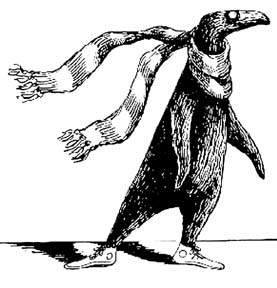 Gorey’s influences were wildly diverse, and were said to include his extensive knowledge and admiration of the works of numerous creative artists including authors Jane Austen, Anthony Trollope and Agatha Christie, Japanese film director/writer Yasujirō Ozu, choreographer George Balanchine, and 17th century Dutch painter Johannes Vermeer.
Gorey’s influences were wildly diverse, and were said to include his extensive knowledge and admiration of the works of numerous creative artists including authors Jane Austen, Anthony Trollope and Agatha Christie, Japanese film director/writer Yasujirō Ozu, choreographer George Balanchine, and 17th century Dutch painter Johannes Vermeer.
Although he held a particular fondness for attending the New York City Ballet, he was also pop-culture junkie who enjoyed soap operas, commercials, and television comedies such as “Petticoat Junction” and “Cheers,” as well as horror and sci-fi series such as “Buffy The Vampire Slayer” and “The X-Files.”
Today, Gorey’s more than 200-year-old former home on the Yarmouth Port Common in Cape Cod, MA has become The Edward Gorey House, a museum dedicated to Gorey’s life and work and his devotion to animal welfare.
The sinister charm of Gorey’s illustrations continues to attract fans of the bleak and wry persuasion today, and to paraphrase his own description of the uninvited guest in his book “The Doubtful Guest” (1957):
He came 85 years ago – and to this day
has shown no intention of going away.
Happy Birthday, Mr. Gorey!
